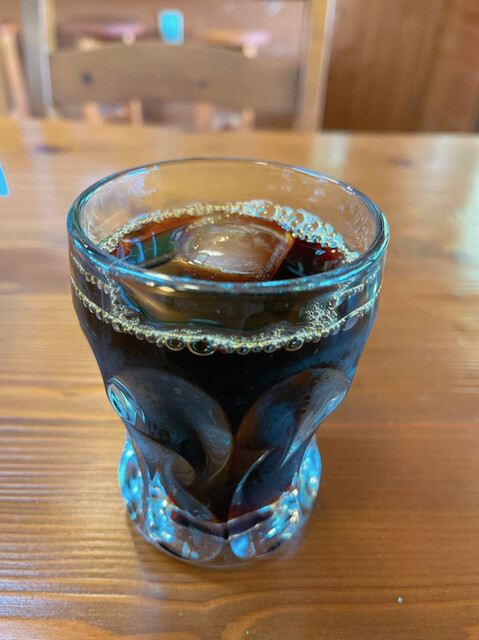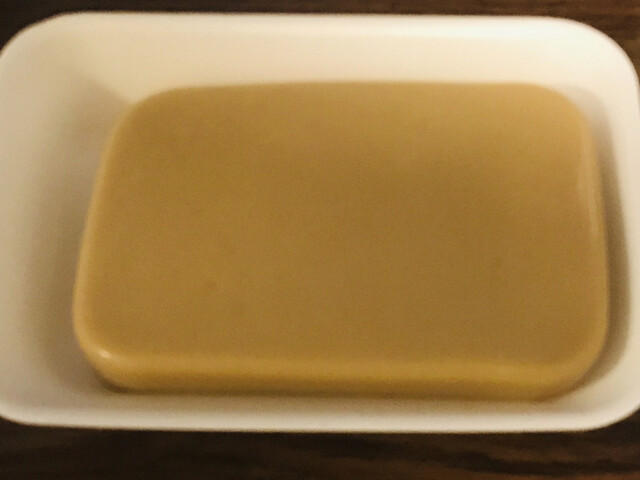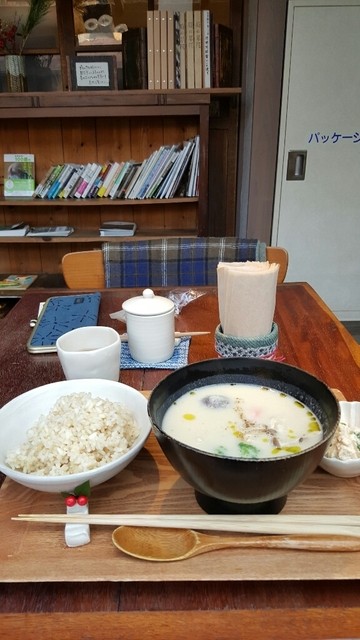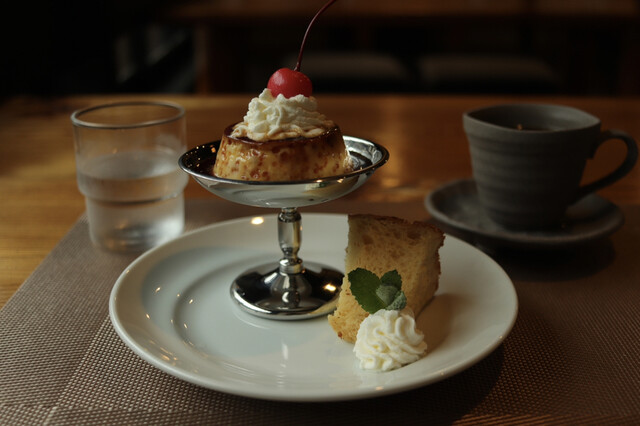
The Ryugenji Tunnel at the Iwami Ginzan Silver Mine has a length of about 600 meters. It was developed in the mid-Edo period and is the second-longest tunnel after the Okubo Tunnel, with a history of producing a lot of high-quality silver ore. The marks of the chisels used at the time remain on the walls of the tunnel, allowing you to feel the sophistication of mining technology. Currently, only about 160 meters from the entrance is open to the public, and it has become a course that passes through the middle. Ryugenji Tunnel is the only tunnel that can be visited among the Iwami Ginzan Silver Mine ruins, and it is a place of high historical and cultural value, designated as a World Heritage Site. You can explore the inside of the tunnel while feeling its length and history!
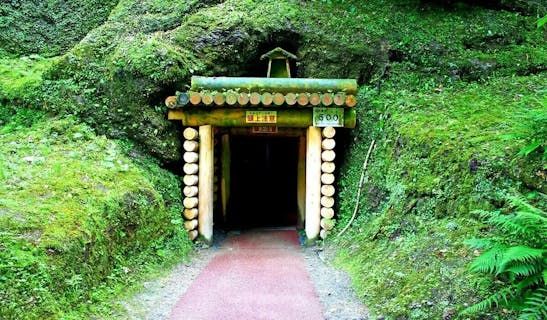







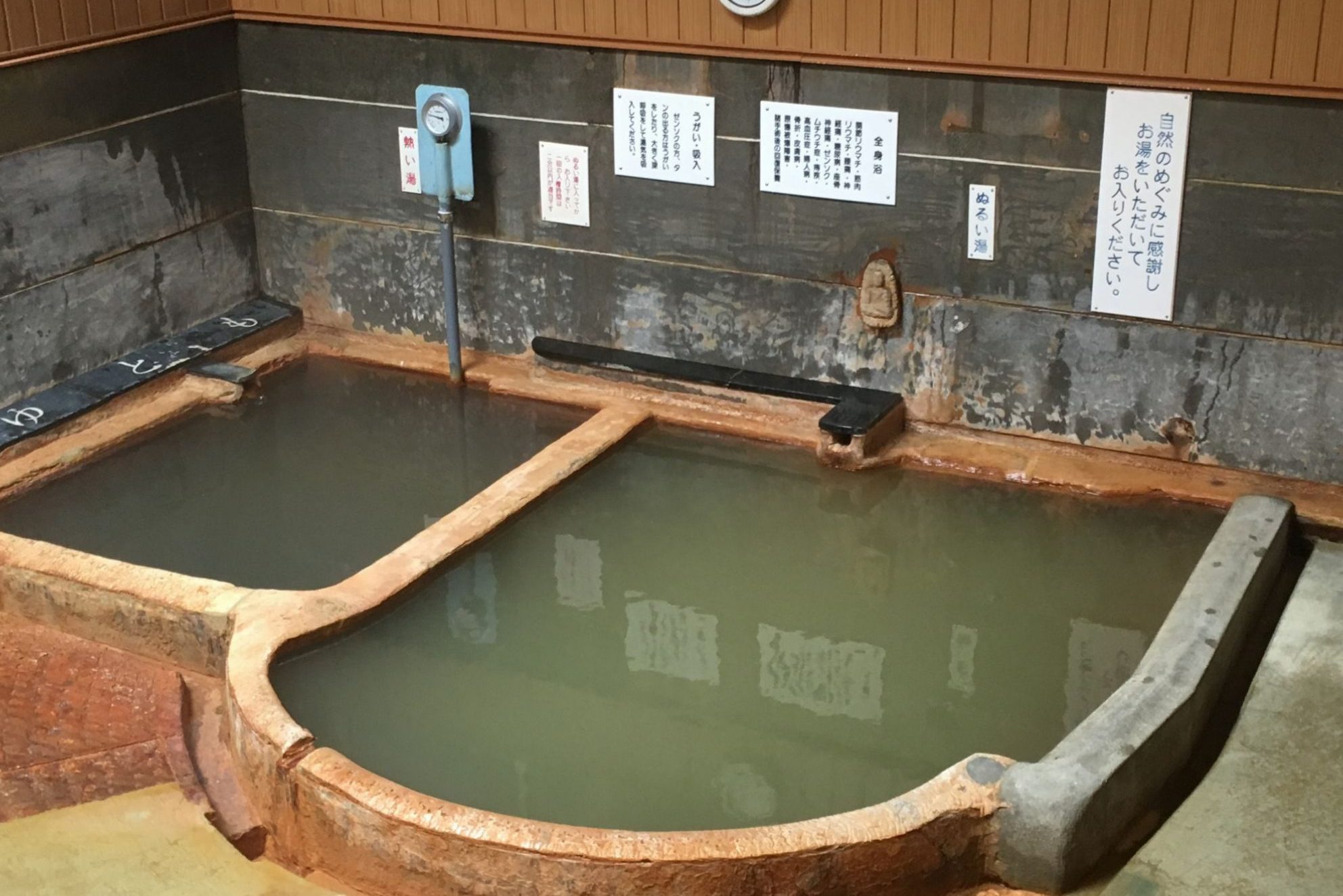


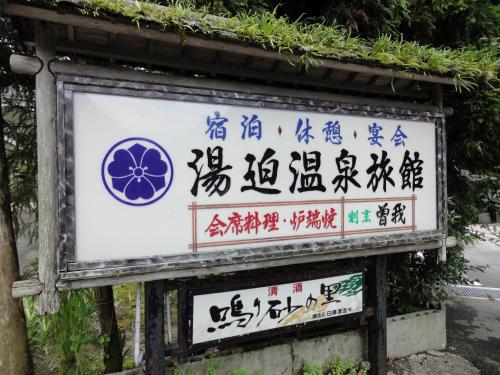

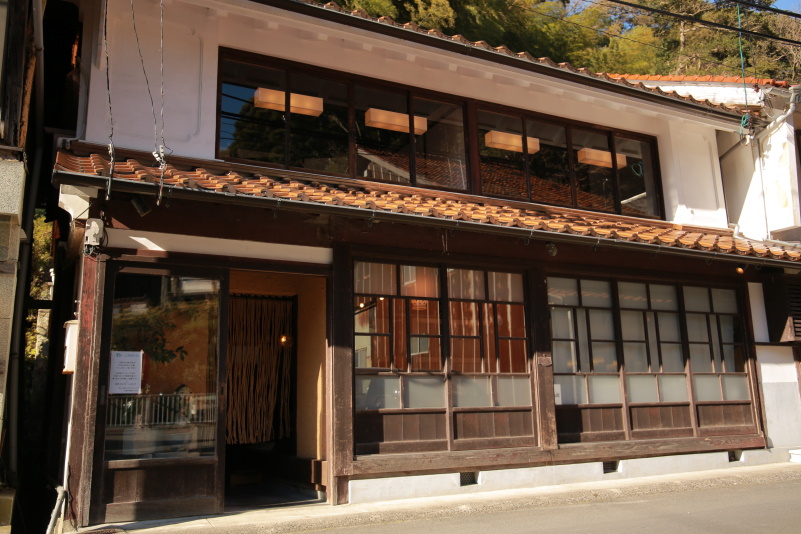

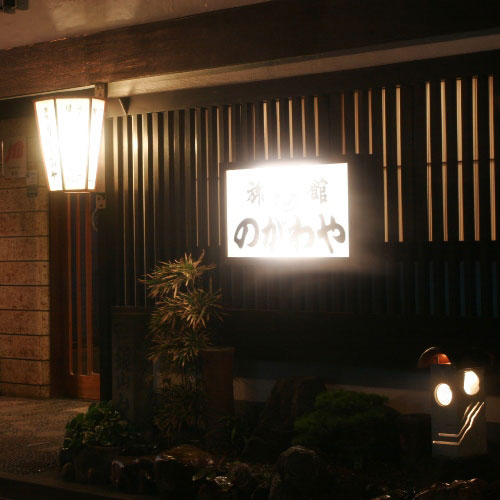







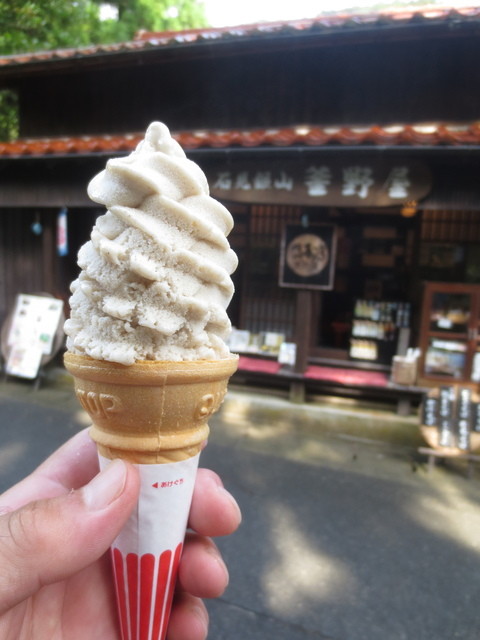
 ¥1,000~¥1,999
¥1,000~¥1,999
 -
-
